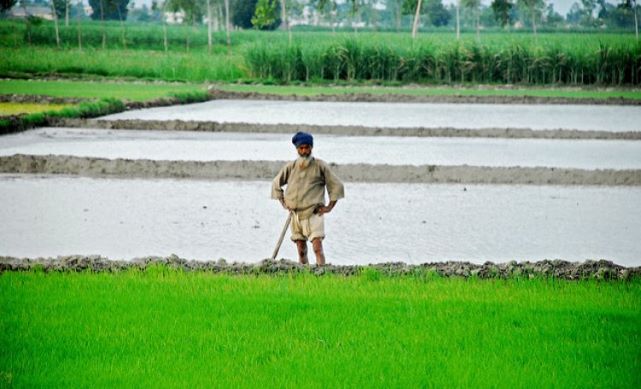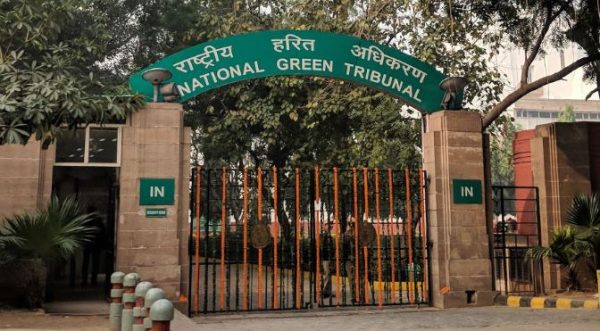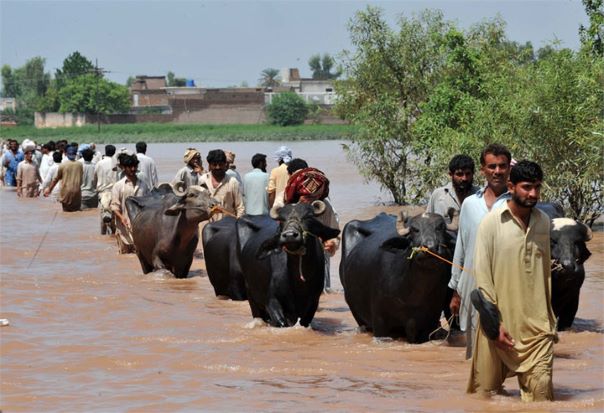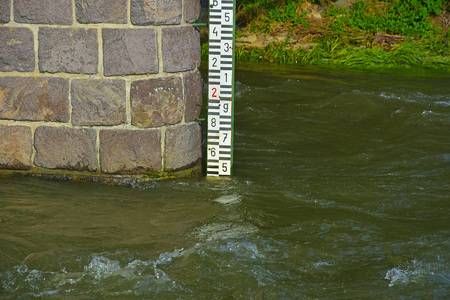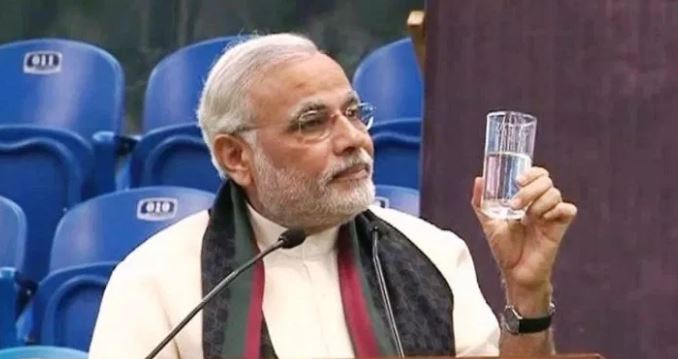Facing Water Crunch, Haryana Farmers Shift Away From Paddy
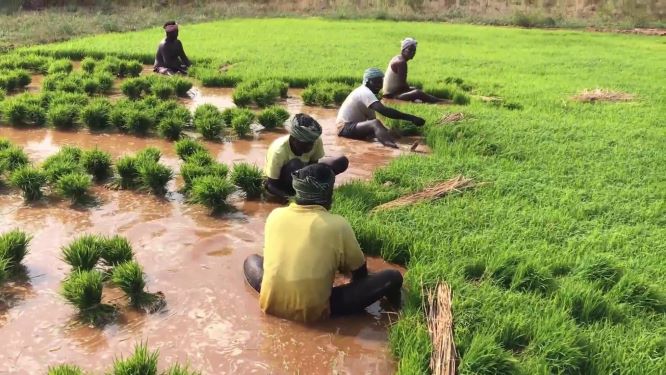 Water Intensive Rice leaves Haryana thirsty
Water Intensive Rice leaves Haryana thirsty
Fifteen thousand farmers in the state of Haryana who have traditionally grown only rice will not be growing the water-intensive crop this summer, the first time in 30 years.
This is a unique experiment in Haryana that could well break a long-standing chokehold on the state’s seriously depleted water table. 15,000 farmers have signed up for a state government drive that rewards them with cash and freebies for ditching paddy for maize.
According to Haryana’s farm department, every hectare (2.4 acres) brought under maize cultivation from rice would save 14,000 liters of water.
“The total area under maize cultivation in districts chosen for the drive now stands at 50,000 hectares” said Suresh Gehlawat, additional director in the state agriculture department. The move is expected to save 700 million liters of water for the entire season.
In the food-bowl states of Punjab and Haryana, the practice of paddy-wheat cycle (paddy during summers, wheat during winters) has driven aquifer levels to historic lows.
India can afford to move away from some cultivation of paddy as it currently holds surplus rice stocks. However it took some tough convincing for the farmers to give up paddy.
According to Gehlawat, the campaign worked because of a string of freebies and a state-backed guarantee that all the maize harvested by the farmers who signed up for the program, would be bought by the state at federally fixed minimum support prices.
The share of Haryana’s districts that have depleted water reserves to “dangerous” levels has risen from 63% in 1995 to 89% in 2014, according to Ranjan Aneja, an economist with the Central University of Haryana. Rice and wheat, two of India’s most important food crops, are also the most water-intensive; producing a kilogram of rice requires an average of 2,800 liters of water, while a kilogram of wheat takes 1,654 liters.
This has led the state to report an alarming fall in its groundwater levels. According to the Central Water Commission’s data, the average depth at which groundwater was available in 1975 was 9.19 meter. It dropped to 18.66 meter in 2016.
Despite a frightening water crisis, farmers prefer paddy, which requires 80% more water than, say, maize, because the power needed to draw water is virtually free for farmers. In the 1960s, such subsidies, along with better seeds, had spurred India’s green revolution, whose benefits are now wearing off.
‘Jal Hi Jeevan Hai’ Scheme
Recently, the Haryana government has launched the ‘Jal Hi Jeevan Hai’ scheme to diversify from paddy crop to maize. The farmers are also given option by the government to develop drainages in the fields to utilize rainwater, and for the same, the farmers will have to provide the material and MGNREGA labor will be provided free of cost.
Ambala’s deputy director for agriculture, Dr. Girish Nagpal, claims that “till June 30, out of the allotted target of 8,000 hectares, we have registered around 7,900 hectares of agricultural land under the Jal Hi Jeevan Hai scheme of Haryana government where the farmers will be diversifying crop pattern from paddy to maize. The farmers will be given the incentive of Rs 2,000 per acre for adopting this scheme by the government.”
The experts add that the diversification of the crops will be beneficial for groundwater recharging. Prof MS Jaglan from geography department of Kurukshetra University says “the major issues concerned with the water are cropping pattern, increased domestic and industrial demand, and irrigation. As per our findings, the groundwater resources of northern Haryana are better as compared to other areas. The main reason for depletion is paddy and wheat crop pattern and these two are contributing about 80% of the crops, which does not allow the groundwater to recharge and adopting diversification is the best solution. The region records rainfall from 70-100 cm and the crop pattern plays an important role in groundwater recharging.”
Apart from the assurance to buy the harvest, each farmer who has switched to maize has got Rs 1,200 worth of good quality maize seeds free on a per acre basis, apart from Rs 2,000 in “production subsidy”, which is essentially a cash reward for not growing water-intensive rice crops.
“We tried explaining to farmers that while rice would fetch them Rs 1,750 per 100 kgs, they would get nearly as much for maize, whose minimum support price is Rs 1,700 per 100 kgs. Plus, the cost of cultivating maize is lower on an average by Rs 12,000,” Gehlawat said.

